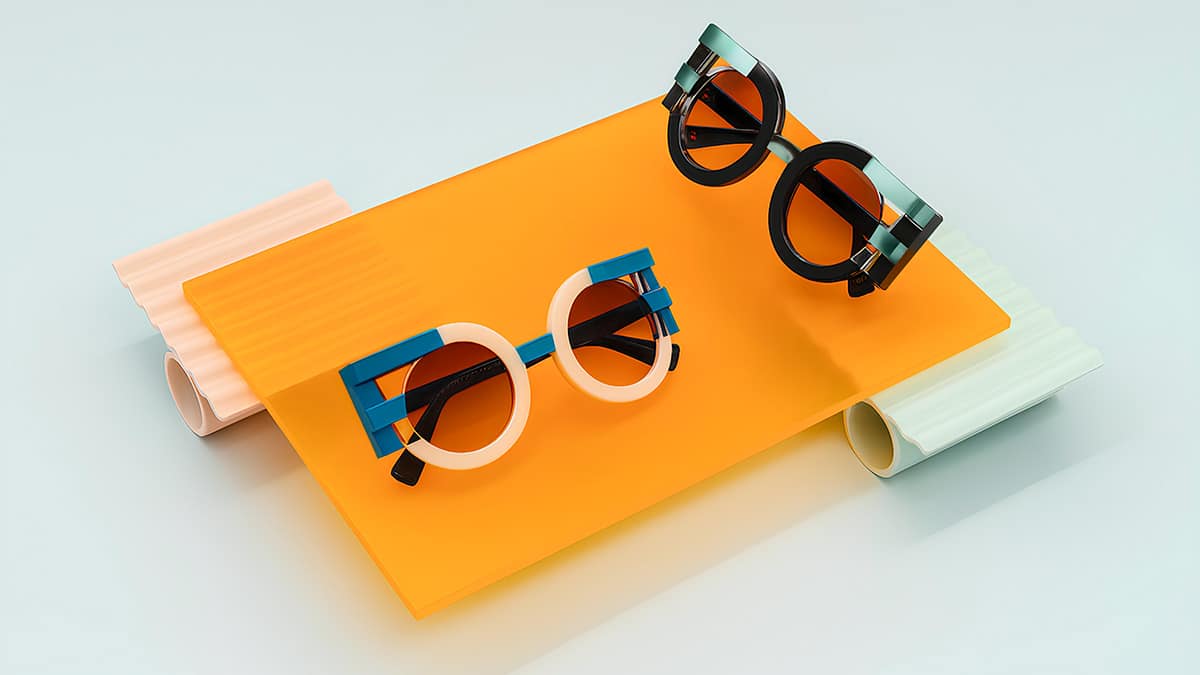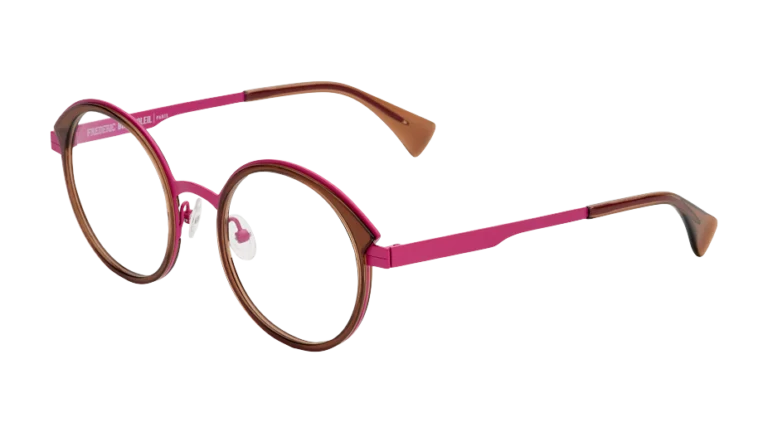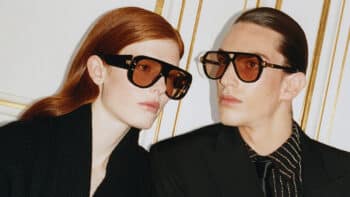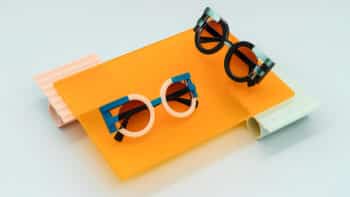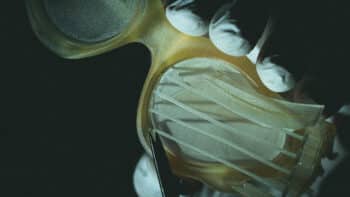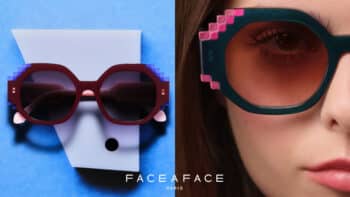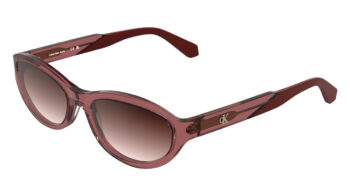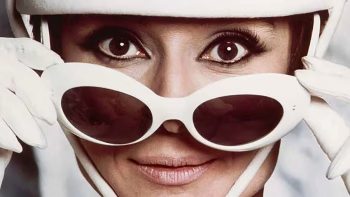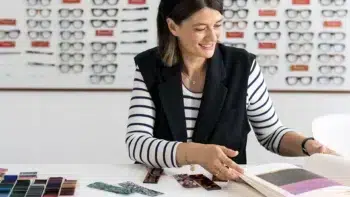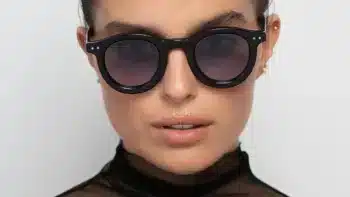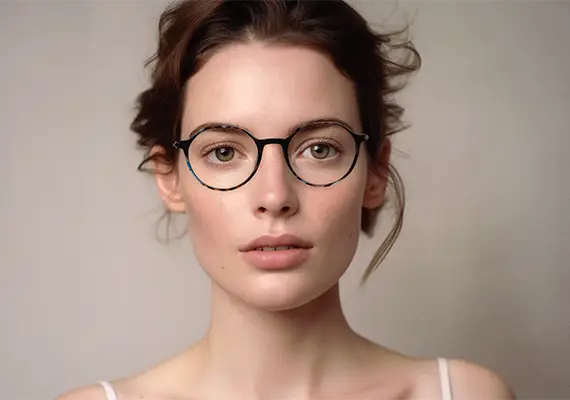The École de design Nantes Atlantique is a respected institution in design education, recognized for its international reach and multidisciplinary approach. It has become a...
+Why independence matters for the wearer
In an independent house, the decision loop is short. Design and workshop speak the same language; products stay coherent. In practice, you get useful size runs, bridges that sit right, controlled colorways—plus readable traceability. Service isn’t a promise, it’s a process: identified contacts, tracked parts, real workshop re-fitting. Independence doesn’t shout on the temple; it shows up in daily stability, reparability, and continuity of references.
Made in France, Designed in France, mixed: how to read it
“Made in France” means most operations (machining, polishing, assembly, finishing) happen in France. “Designed in France” signals local design, with manufacturing that may vary by line (France, EU, elsewhere). Mixed models combine components from different origins with final assembly and QC distributed. Sound method: ask for origin by line, check the temple marking, and match it against the product sheet. Proof beats narrative.
A geography of know-how
The Jura—Morez, Oyonnax—remains the industrial heart: acetate work, tooling, precision subcontractors, polishing, assembly. It’s often where the difference appears between deep gloss and superficial shine. In Paris and Île-de-France, studios and ateliers drive micro-series, made-to-measure, material veneers (leather, stone, wood), and rapid prototyping. Strasbourg, Toulouse, Marseille round out the map with integrated workshops and design studios. Geography isn’t décor; it shapes tolerances, adjustability, and repeatability.
The French design signature—what you can verify
Comfort
Bridges/pads land naturally
Coherent wrap
Balanced temple pressure
Minimal tweaks
Reading
Clear volumes
Clean edges and readable chamfers
Brow line that respects your face
Hold
Straight hinges
Crisp, repeatable close
Uniform gloss even in hidden areas
Thirty seconds at the mirror are enough if you know what to look for.
Materials and processes — how to read real quality
Acetate
Depth of color, even gloss (no “orange peel”)
Polished inner edges
Clean, unburnt bevels
Endpiece/hinge zone: where execution shows
Metal & titanium
Controlled elasticity (neither mushy nor brittle)
Clean surfaces, sharp threads
Left/right tolerances that match
Micro-catches reveal themselves on opening/closing
Studio processes
3D printing: homogeneous surfaces, conscientious finishing
Leather/stone/wood veneers: neat bonding, softened edges
CNC micro-series: regular radii, strict symmetry
Idea < execution — always
Try-on protocol — five moves, one verdict
Nose rest: no hot spot after 30 seconds
Brow line: stays natural, no “bite” into the gaze
Balance: walk ten steps — no forward tip; symmetric temple pressure
Hinges: straight axes, zero play out of the box, crisp close (no squeak)
Wrap/pads: continuous contact, no floating point
If it passes, the frame disappears on your face. That’s your green light.
Reliability, reparability, service
Hinge type (screw/rivet/spring/magnet) < hinge geometry + tolerances
Zero play when new, repeatable closure, mirrored torque left/right
Parts pipeline matters:
Screws, pins, pads (sometimes temples) available
Lead times stated
References tracked across seasons
A good frame is designed to be maintained
Sun lenses — just the useful bits
Pick category by use: city (cat. 2/3), driving (suitable tint), altitude/high glare (cat. 3/4)
Prefer back-side anti-reflective
Judge tint over time, not only under shop lights
Mineral vs. organic: scratch resistance vs. weight; decide by real context
Eco-design without posture
Specified bio-acetate, documented solvent management
Design for repair: replaceable parts, service-friendly hinges
End-of-life pathways: re-fit, refurbish, reuse
Durability starts with reparability — not with slogans
Price and value
Entry-premium: clean acetate, decent polish, basic aftercare
Core creator: sharper finishes, tighter tolerances, richer materials, structured service
Atelier/bespoke: morphological fit, serious bench time, demanding materials
Rule: price must align with verifiable facts — instant comfort, consistent finish, sound mechanics, parts availability.
Myths & facts
“French” ≠ automatically “made in France” → read origin by line
“Titanium” isn’t magic → alloy, thickness, tolerance decide
Spring hinges aren’t invincible → geometry wins
Weight proves nothing → balance rules
“Eco” talk fades without repair paths
